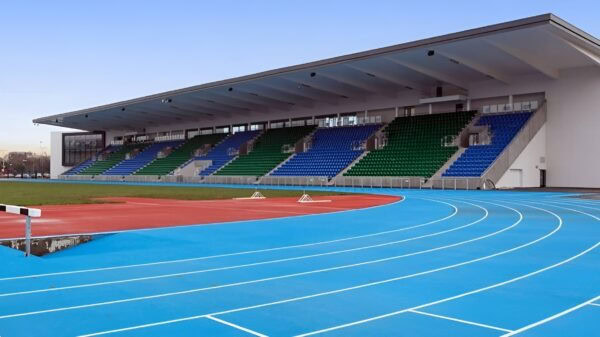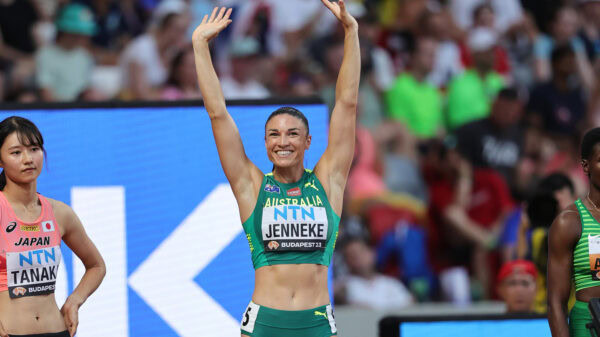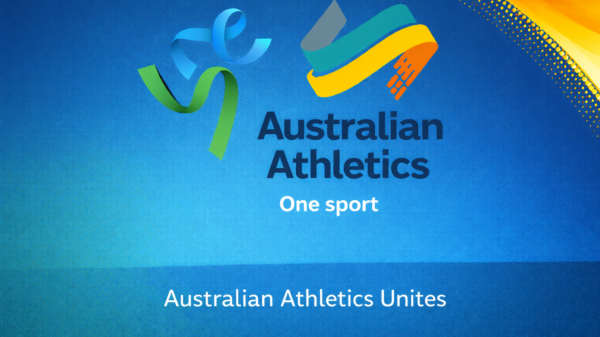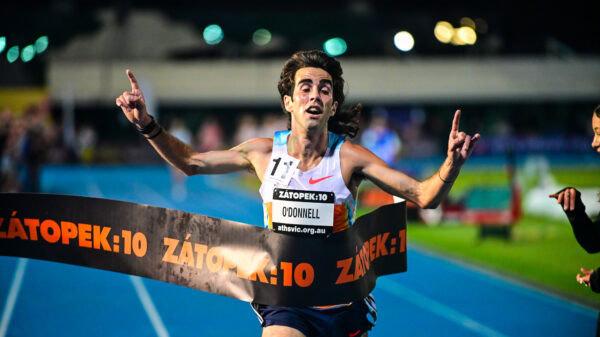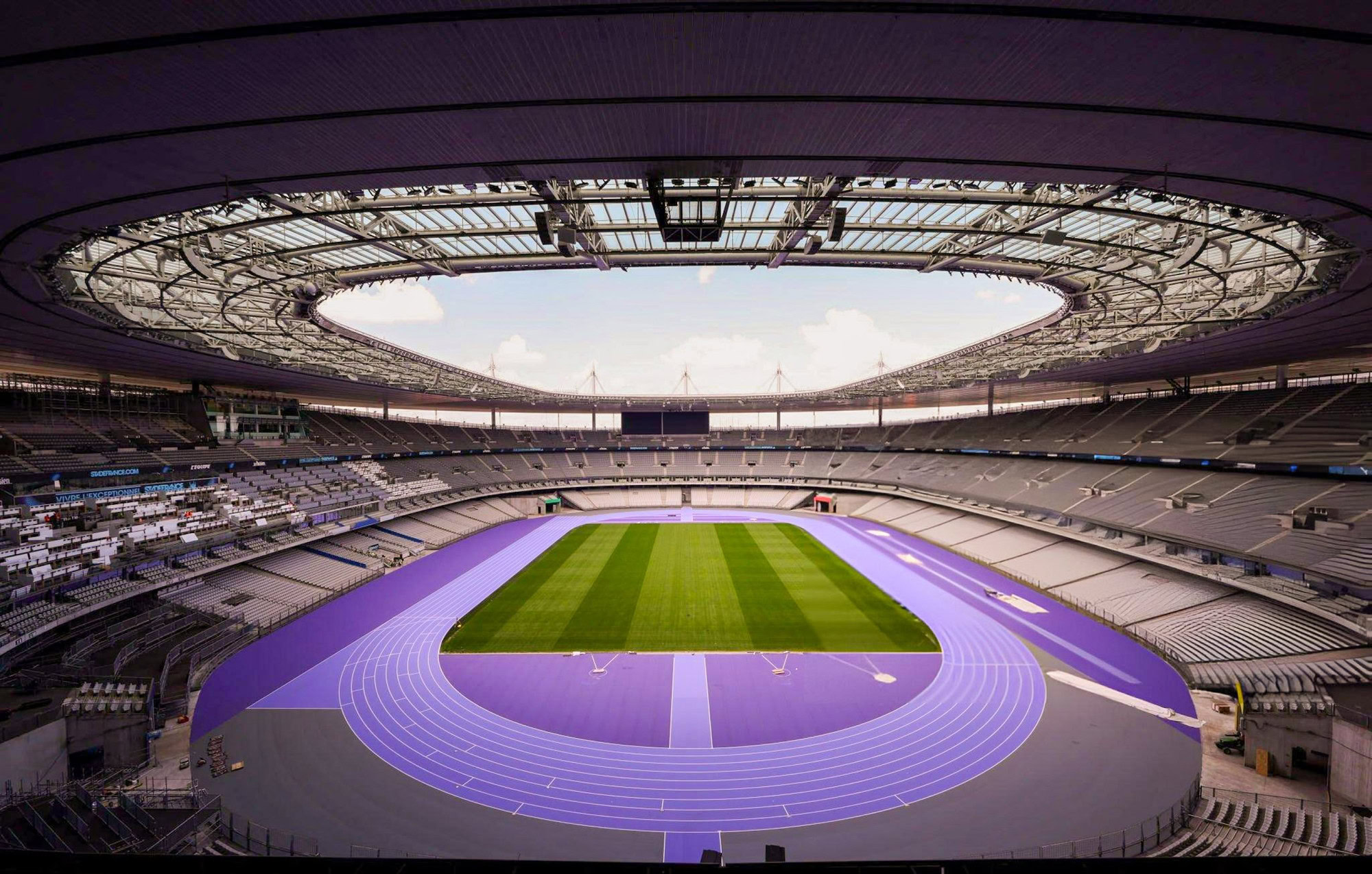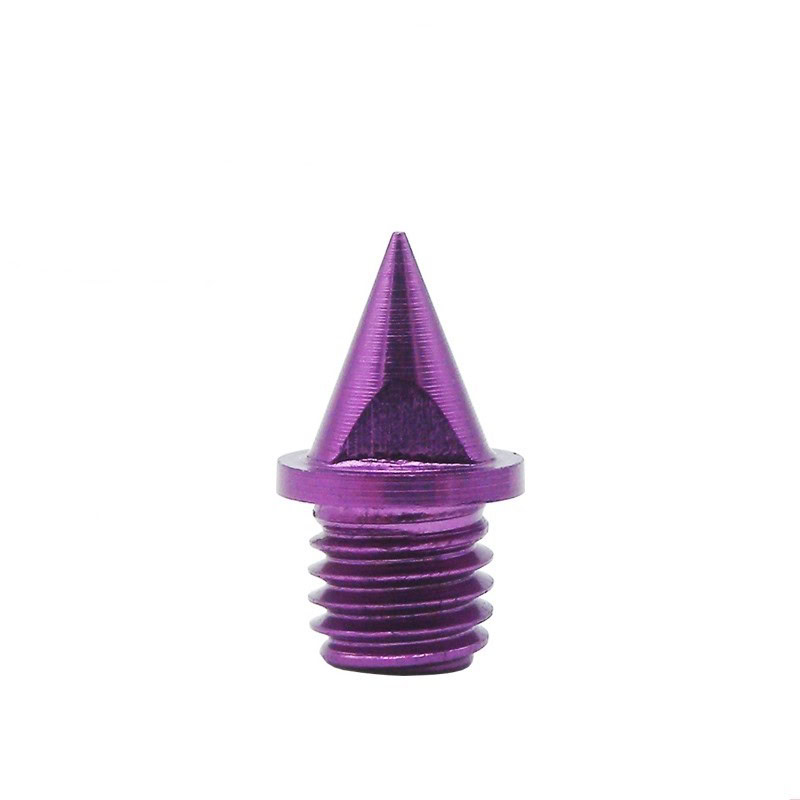The 2024 Olympics Games have commenced in Paris. With a week to go until the athletics here’s a few things to look out for.
1. A purple track
Usually a red colour (except for Rio in 2016, which was blue) the Paris track is a purple Mondo surface. There’s 9 lanes to the track and lane one generally won’t be used in laned events.
2. Prize money on the line
The Olympic had an amateur requirement at its inception but while the sports world has professionalised, the Olympics had remained an anachronism, not providing any direct financial reward to athletes. That’s changing in Paris for Athletics, with World Athletics dedicating $50,000 per gold medallist out of the ‘Olympic Solidarity’ funding that the International Olympic Committee provides each sport.
3. Golden bibs for reigning champions
There’s 36 athletes who are defending their Olympic titles from Tokyo and they will be given the honour of wearing a golden bib when they line up. The leaders in the Heptathlon and Decathlon will also have that distinction during their events.
4. A new event – the Marathon Race Walk Mixed Relay
With the desire for gender parity between the number of athletics events, and the 50km walk not taking off for women, it’s off the program, to be replaced by a two person mixed relay walk event. The male athlete starts off with a 11.395km leg before the female athlete completes a 10km leg. She then changes with the male, who completes his 10km leg, before she finishes off the race with a 10.8km leg.
The penalty zone is in action after 3 red cards (a three minute time penalty) with further one minute penalties being incurred for each further red card (but at 7, it’s disqualification).
Australia has two teams qualified and should be a medal chance.
5. A hilly marathon not finishing in the stadium
The Hotel de Ville is the start location for the marathon, which runs a single hilly loop around the sights of Paris, including the Louvre Pyramid, the Grand Palais, the Château de Versailles, the Eiffel Tower and more, before finishing at Hotel des Invalides, which is opposite the start area.
The entire route sees a total climb of 438m. Australia’s represented by a full complement of athletes: Sinead Diver, Genevieve Gregson and Jessica Stenson in the women’s race; and Patrick Tiernan, Liam Adams and Andy Buchanan (replacing the injured Brett Robinson) in the men’s race.
6. The little ‘q’ still exists but a repechange round is added
Athletes eliminated in the first round of the 200m, 400m, 800m, 1500m, 100m/110m hurdles and 400m hurdles get a second chance to run in a repechange round and a second chance to make it through to the semi-finals.
As some examples by event of what’s in store:
- 200m, 400m, 800m: First round will be 6 heats of 8 runners. The first three in each automatically move through to the semi-finals. The remaining 30 athletes run across 4 repechange heats, with the winner of each and the next two fastest times progressing to the semi-final. In the three semi-finals, it’s the first two and next two fastest times into the final.
- 1500m: First round will be 3 heats of 15 athletes. The first six in each heat automatically move through to the semi-finals. The remaining 27 athletes will be split into two repechange heats, with the top three in each heat making the semi-finals. In the two semi-finals of 12 athletes it’s the top six in each who make the final.
- 100m/110m/400m hurdles: The first round is 5 heats of 8 runners, with the top 3 and next 3 fastest times automatically making the semi-finals. The remaining 22 athletes run in 3 repechange heats where the top 2 places in each make the semi-finals. In the 3 semi-finals it’s the first 2 and next 2 fastest who make the final.
A DQ, DNS or DNF in the first round prevents an athlete competing in the repechange round, but if an athlete chooses not to run in a repechange round they aren’t prevented from competing in other events (as would usually occur under World Athletics rules).


